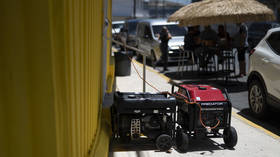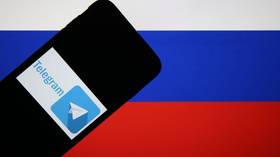Saturn rings may be far younger than previously thought (VIDEOS)
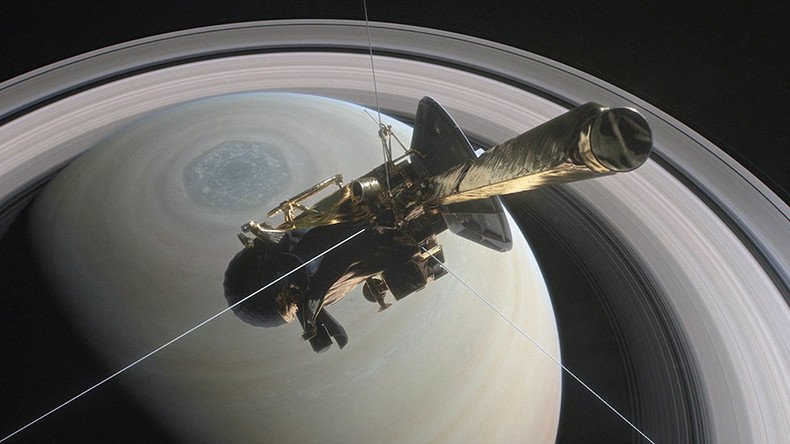
As Cassini continues its terminal descent towards Saturn, its unique perspective from between the planet’s rings and surface has yielded unprecedented insights into one of the solar system’s enduring treasures.
The spacecraft, which arrived at the planet 13 years ago to see out its 20-year mission, has just two more close flybys before it meets its fiery end on September 15. It has, however, sent back information which could indicate that Saturn’s rings are far younger than previously believed.

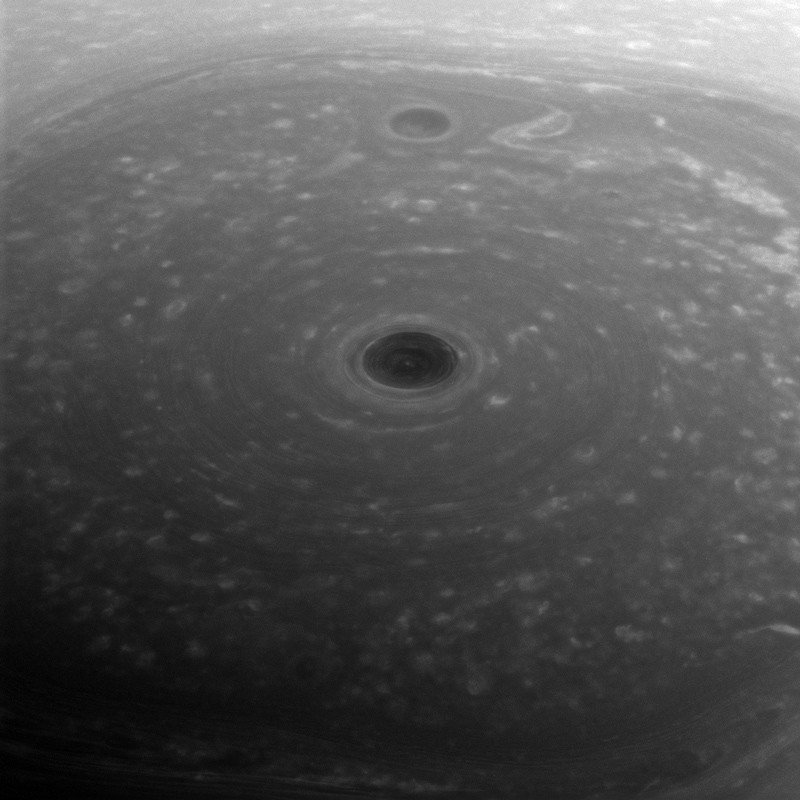
"For younger rings, it would require a comet, or a centaur (one of a group of small, icy objects), or perhaps even a moon moving too close to Saturn. Saturn's gravity would break apart that object and then the remaining bits would go on to form rings," explained Linda Spilker, NASA's Cassini project scientist on a conference call with media this week.
LIVE: @NASA talks about what's in store for the epic endgame of @CassiniSaturn's #GrandFinalehttps://t.co/tKF1iIzVHw Tag questions #askNASApic.twitter.com/ZacExzSC8t
— NASA JPL (@NASAJPL) August 29, 2017
.@CassiniSaturn revelations: The key discoveries from NASA’s Saturn mission (PHOTOS, VIDEOS) https://t.co/3il1ENB4jlpic.twitter.com/gZOeRh9UNx
— RT (@RT_com) August 17, 2017
Early interpretation of the data gathered by the Cassini spacecraft in the past few weeks indicates that Saturn’s rings may be just 100 million years old.
Cassini mission control is trying to weigh the rings as their mass will help the team to determine their exact age.
The bigger they are, the older they are likely to be. That’s because the intense gravitational field around the planet draws in a lot of cosmic debris travelling at such high speeds that it would effectively sandblast larger bodies in orbit.
Cassini goes on final close flybys around Saturn before ‘suicide’ plunge into planet https://t.co/p9qXKRNLzipic.twitter.com/4zwFdFZS4Q
— RT (@RT_com) August 14, 2017
If the mass of Saturn's rings is far smaller, as the team now suspects, then it is conceivable that they may be a relatively new formation (on the cosmic timescale).
"The Cassini mission has been packed full of scientific firsts, and our unique planetary revelations will continue to the very end of the mission as Cassini becomes Saturn's first planetary probe, sampling Saturn's atmosphere up until the last second," said Linda Spilker, Cassini project scientist at NASA's Jet Propulsion Laboratory (JPL), as cited by Alphr.
"We'll be sending data in near real time as we rush headlong into the atmosphere – it's truly a first-of-its-kind event at Saturn."
NASA's mission to Saturn: scientists to rethink their understanding of magnetic fields https://t.co/buJ4kOIw0fpic.twitter.com/vAOKKV1Qxi
— RT (@RT_com) July 26, 2017
Cassini’s final broadcast is expected to terminate at 11:54 GMT (12:54 BST; 07:54 EDT; 04:54 PDT) on Friday, September 15.
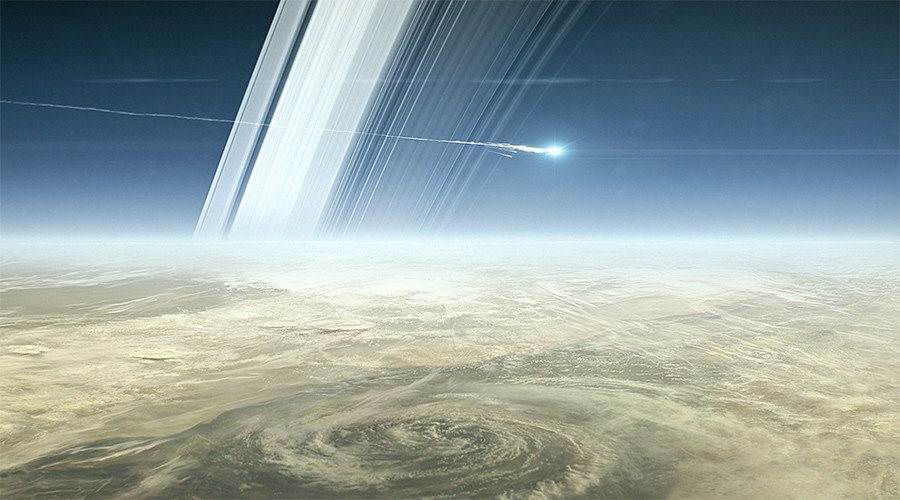
To commemorate the historic mission, NASA released a short documentary video sharing the first-hand experiences of the scientists and researchers who made these extraordinary scientific discoveries possible.








